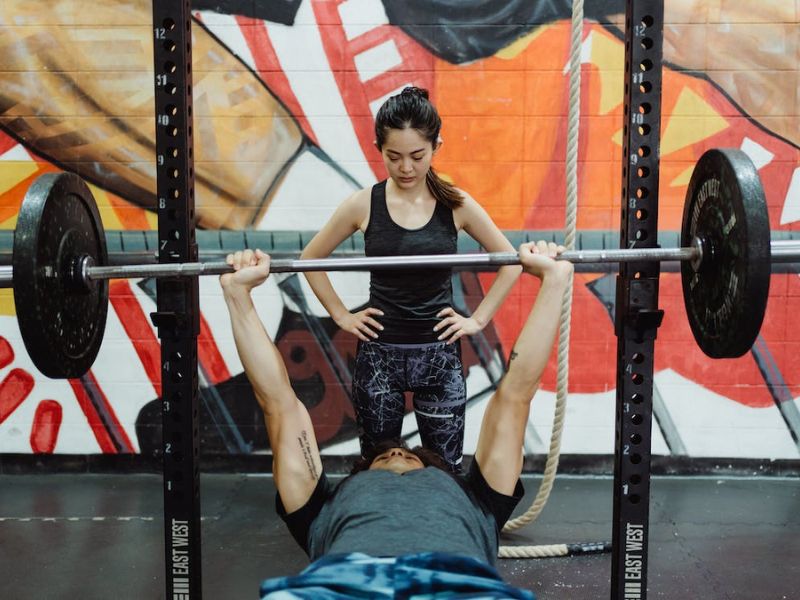Weight training isn’t just about building muscle and size. It also plays a crucial role in losing fat mass and maintaining overall health. Excess fat can lead to various health problems like diabetes, heart disease, high blood pressure, stroke, depression, and anxiety. Many people mistakenly believe that intense cardio is the only way to lose weight, but it often results in losing valuable muscle instead. Instead, focus on targeting fat through weight training. This approach helps preserve muscle mass while promoting fat loss. In the following sections, we’ll explore the benefits of weight training for weight loss and provide tips on getting started.

Image Credit: Pexels/Ketut Subiyanto
Weight Training: What Is It?
Weight training involves using equipment like barbells, kettlebells, and dumbbells to exercise your body with added resistance. According to Men’s Health Fitness Director Ebenezer Samuel, C.S.C.S., this type of training forces your body to adapt to heavier loads, resulting in improved muscle and strength.
Is Weight Training Good For Losing Weight?
Weight training helps address excess fat, particularly around the midsection. It preserves muscle while in a calorie deficit and boosts calorie burn. Additionally, it provides a cardiovascular workout comparable to high-impact aerobic exercises.

Image Credit: Pexels/Andrea Piacquadio
How Does Weight Training Benefit You?
Weight training offers more than just weight loss and increased muscle strength. Building strength improves joint stability and balance and reduces the risk of falls, supporting independence. It also promotes bone density, preventing conditions like osteoporosis. Weight training can combat chronic diseases such as cardiovascular disease, type 2 diabetes, and cancer. A study in the American Journal of Lifestyle Medicine revealed that strength training could alleviate the severity of symptoms associated with these conditions.
The Start-Up Process
Before starting weightlifting, consult your doctor. Our beginner guide covers fundamentals and promotes comfort with weights. Focus on mastering movement patterns and form, starting with lighter weights. Gradually increase weight as you progress. The form is more important than the weight lifted.